Angelina Jolie, Taylor Swift, Gwyneth Paltrow & More Shine In These Throwback Portraits
A new gallery exhibition and book spotlight photographer Marc Hom’s finest celebrity photos.

They’re all beauties in various ways—Angelina Jolie, Lupita Nyong’o, Sienna Miller, Gwyneth Paltrow, Amy Winehouse, Anne Hathaway, Milla Jovovich and Taylor Swift. Together, they span decades of pop culture, often bridging different eras; but what else do they have in common? All have caught the eye—and lens—of famed Danish photographer Marc Hom, who specializes in “capturing our favorite celebrities in a vulnerable light, highlighting their personality and attitude.”
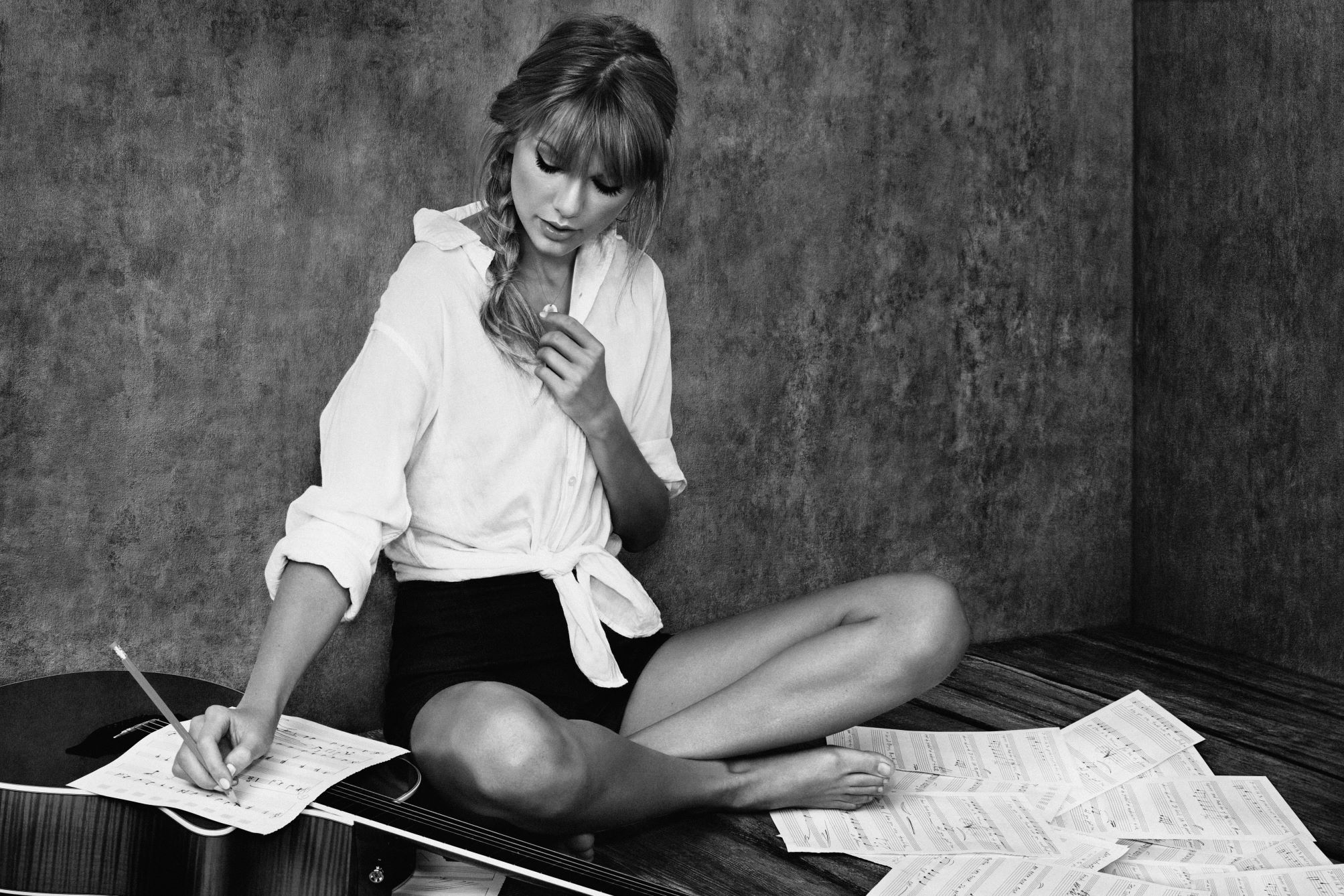
There’s plenty of the latter on display in a new exhibition and accompanying book of Hom’s most iconic images from the past 30 years. The impressive show was staged at the Fenimore Art Museum in upstate New York, overlooking Otsego Lake and near to a house Hom owns. It “offers visitors a new way to experience photography in an ever-changing environment,” as many of Hom’s larger-than-life portraits—11 feet tall—are weatherproofed and mounted on the museum’s sweeping lawn in Cooperstown.
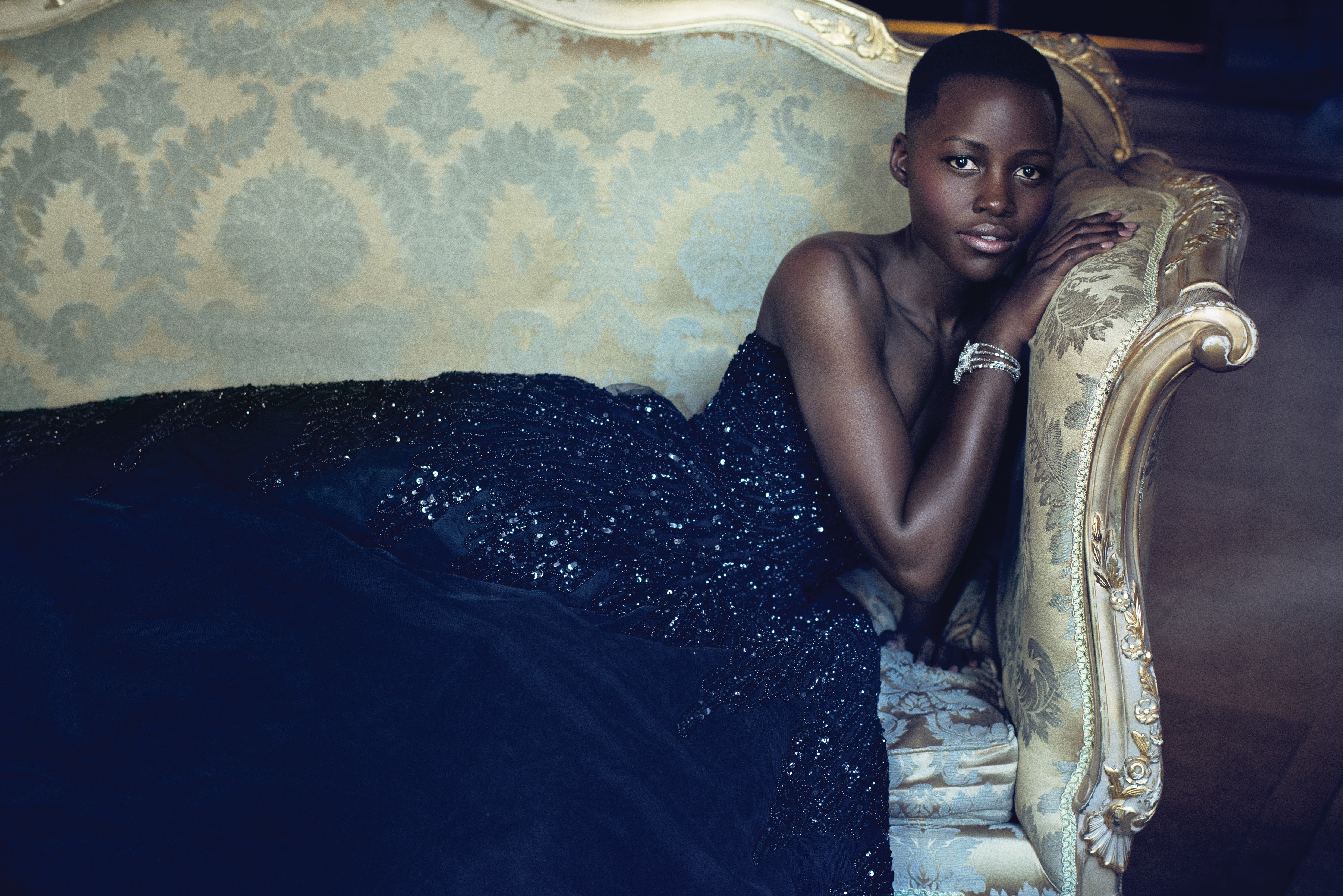
The perfect venue for Hom, who has always followed his own path, and who conceived the unorthodox display method. The book, Re-Framed, from German luxury and art publisher teNeues, is both companion piece to the exhibition and retrospective, including all the portraits displayed at the Fenimore along with the story of the show’s development, providing “documentary-style” insights into Hom’s process.
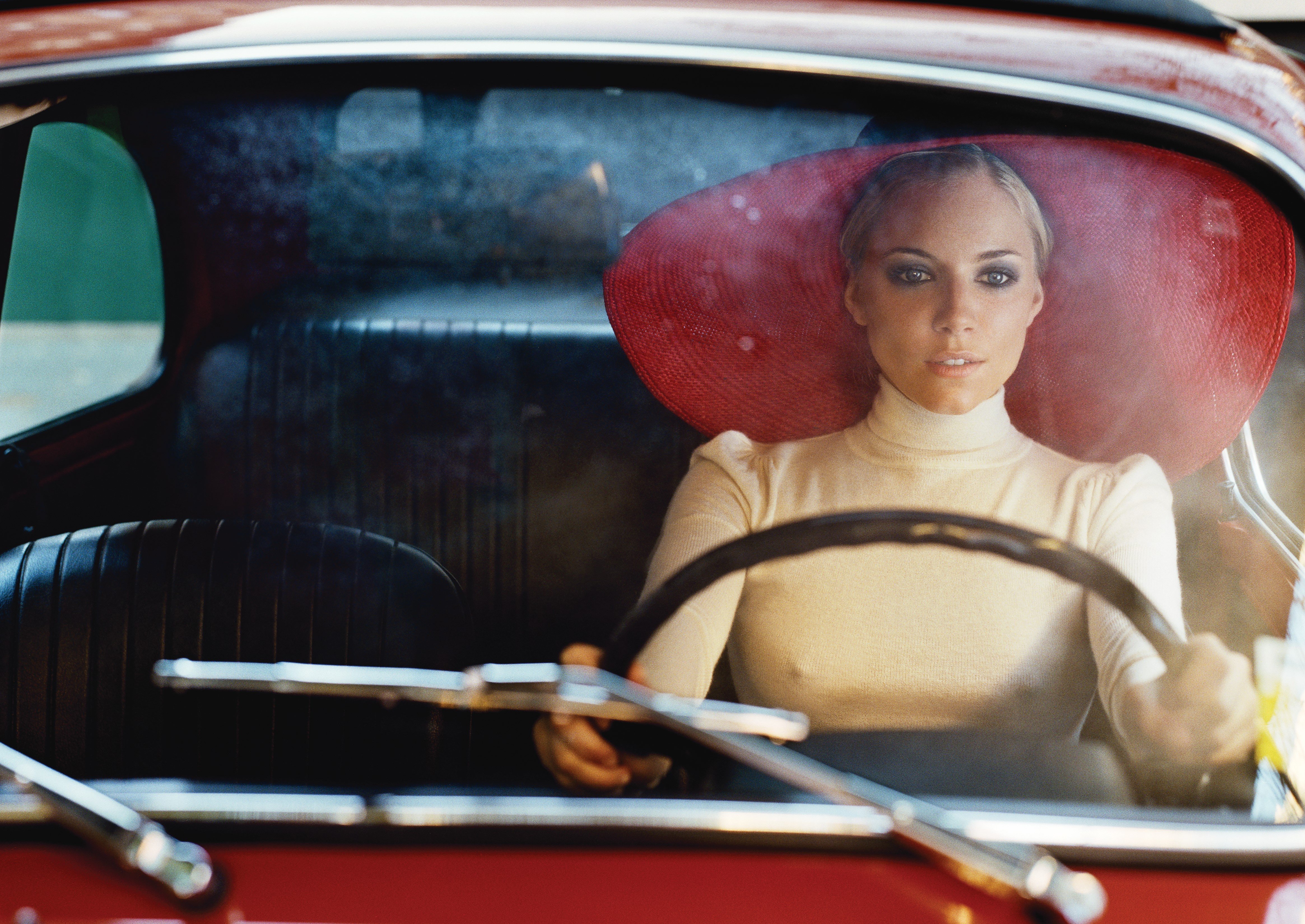
In his introduction to the book, The New Yorker staff writer and Vogue contributing editor Nathan Heller recounts Hom’s transition from control freak in his early days as fashion and celebrity photographer for Harper’s Bazaar to adopting a more fluid approach. “One of the defining qualities of an artist’s mind is to be always in motion, building on known methods and reframing what came just before,” Heller notes. “For Hom, a breakthrough arrived when he began to loosen his claims on control and embrace what he calls the ‘magic of the unexpected.’ ”
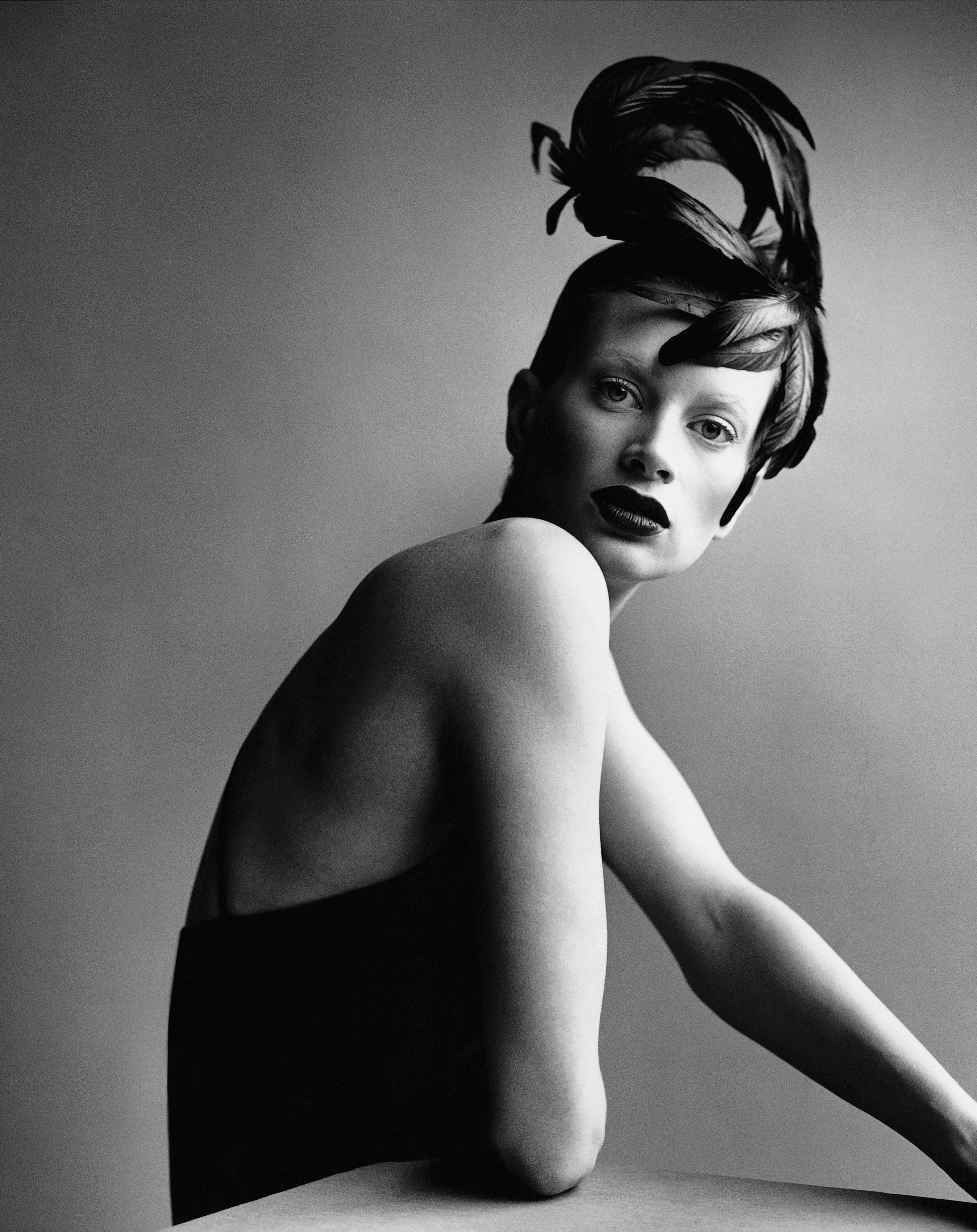
Heller recounts that, “Instead of poring over notebooks in advance, he made a project of being alert to what took form before his camera. His work became less about creating a world than discovering it. ‘Open-mindedness is something that you learn,’ he has said. ‘Maybe you have an idea at the start, but then something completely different happens—and it’s better.’ ”
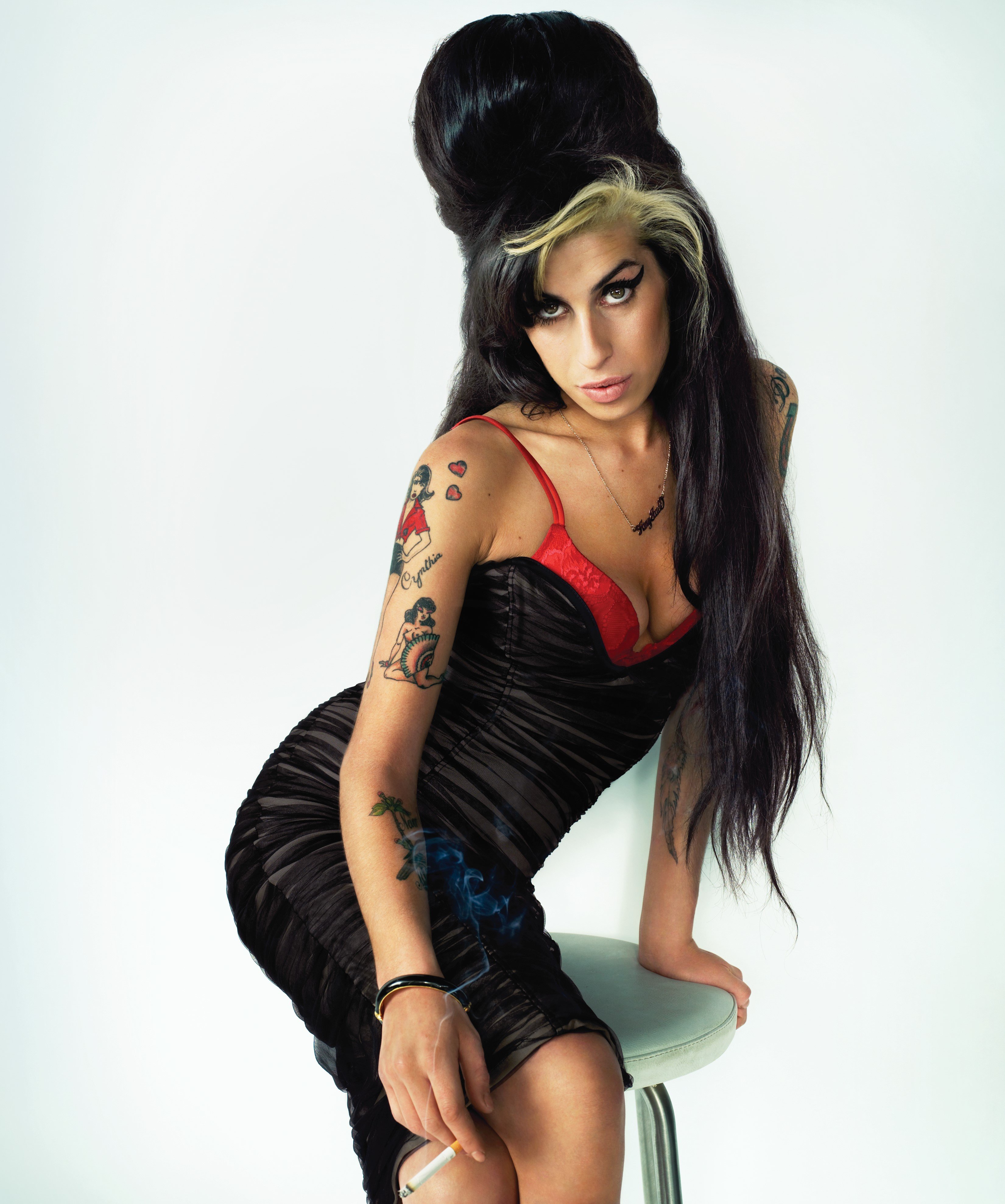
He writes that Hom’s most intimate portraits “catch the sudden glamour hidden in the moments between moments: Lupita Nyong’o slumped against the arm of a sofa, Wiz Khalifa with his feet in a pedicure bath and a joint blazing between his lips…. Brought into the quiet museum, these color photographs seem thrilling reports from a far-flung and intensely human world.”
Hom has never eschewed commercial work, learning from the example of his photographer father that the life of a starving artist often leaves much to be desired. But his ad campaigns for the likes of Gucci, Patek Philippe, Hugo Boss and Max Mara burnish rather than diminish his more artistic endeavors, while allowing him the freedom to pursue personal projects. His work for various magazines, including W, Vanity Fair, Vogue, The Face and “Esquire, attests to that. For his part, Hom has said he aspires to a timeless aesthetic that echoes early influences like Irving Penn and Peter Lindbergh, the latter of whom he encountered while working for Harper’s Bazaar.
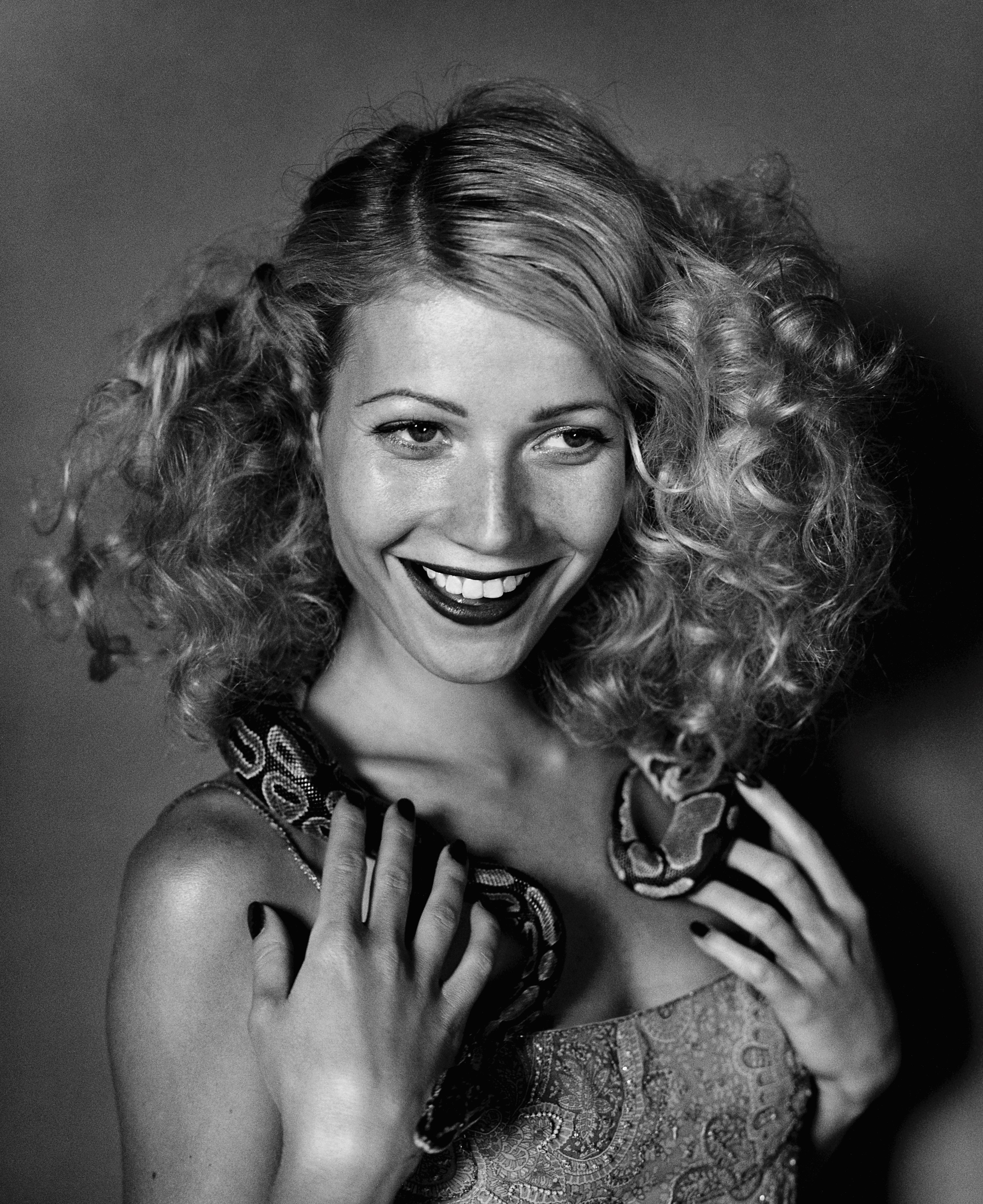
“It’s about being able to still look at my own photographs 10 or 15 years from now and not say, ‘Oh, this is such a ’90s picture, or this is from the mid 2000s,’ ” he has said. “The only thing that should give the period away is the people [in the photographs] getting older.” Heller points out, “The long past captured in a moment’s fleeting frame, the photographer’s ability to trace transformation through a second look: These are the themes of Hom’s exhibition, but also of the career that he has built across a world of accelerating change.”
“Photography is a popular medium, now more than ever; we travel the Earth with cameras in our pockets,” Heller sums up. “But it is also an art form, and the path toward that higher function comes—now more than ever—through the work of reconsideration, of holding images half-lost and forgotten to the standard of small monuments, reexamining what they tell us, not only of the past but of the present and the course ahead.”
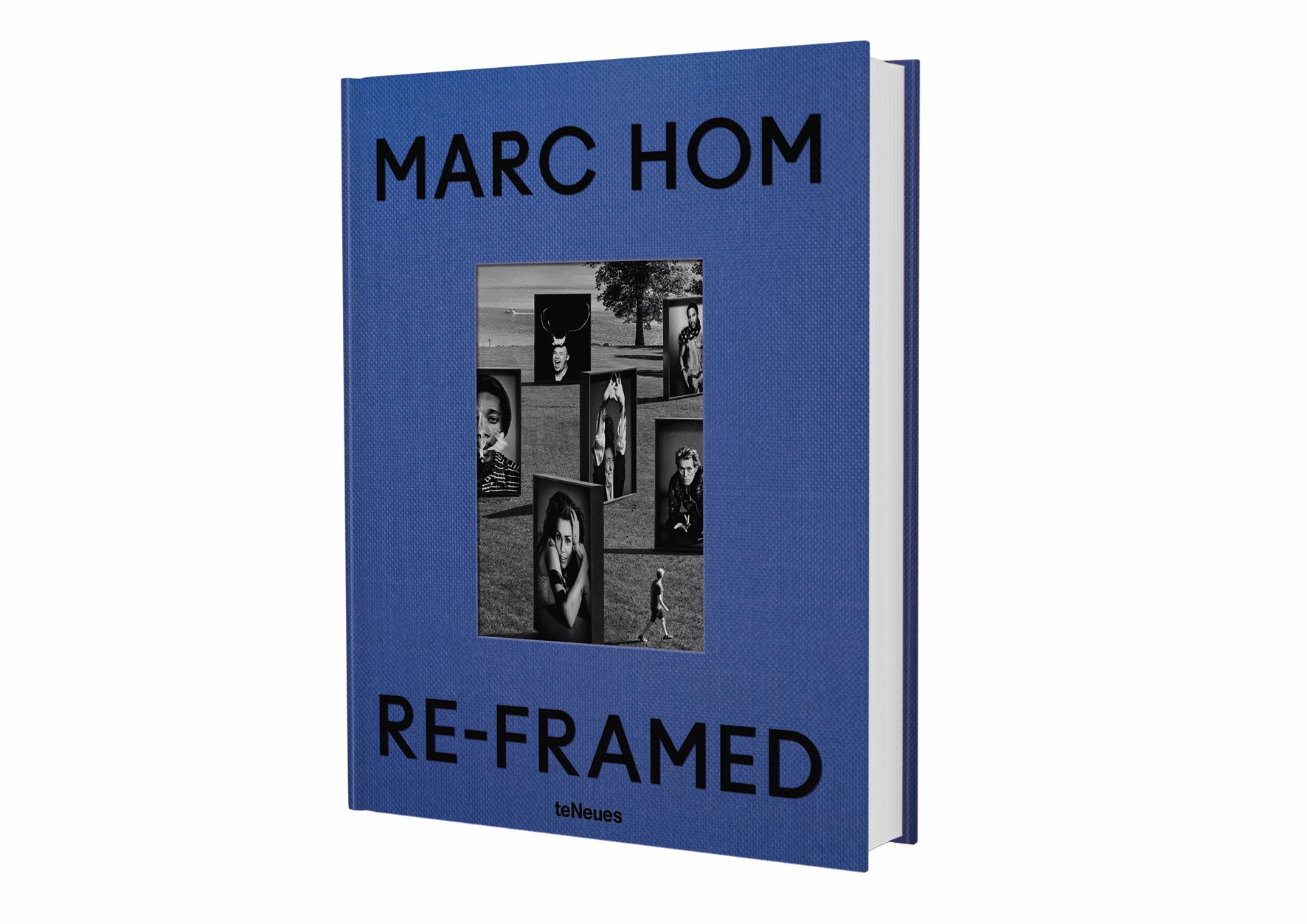
In another 30 years, we predict Hom’s images will be part of many museums’ permanent collections, with the next generation of photographers revering and studying his work.
